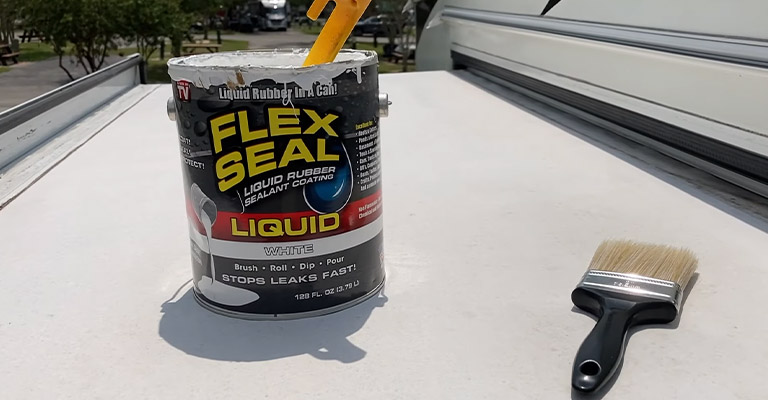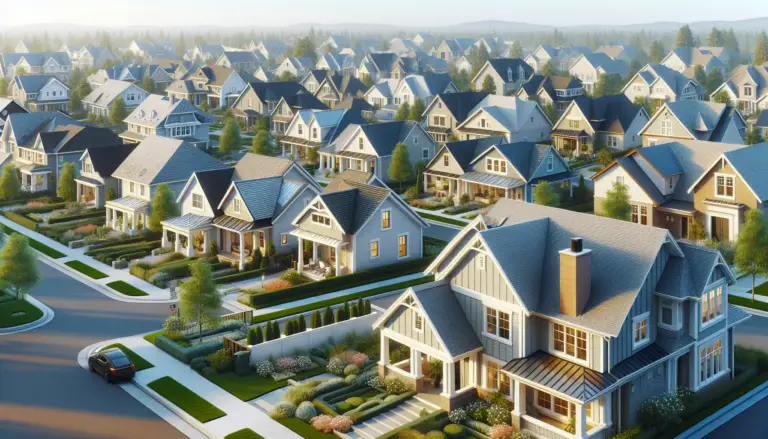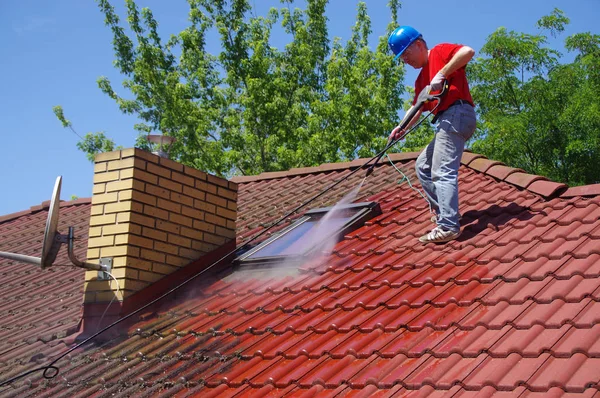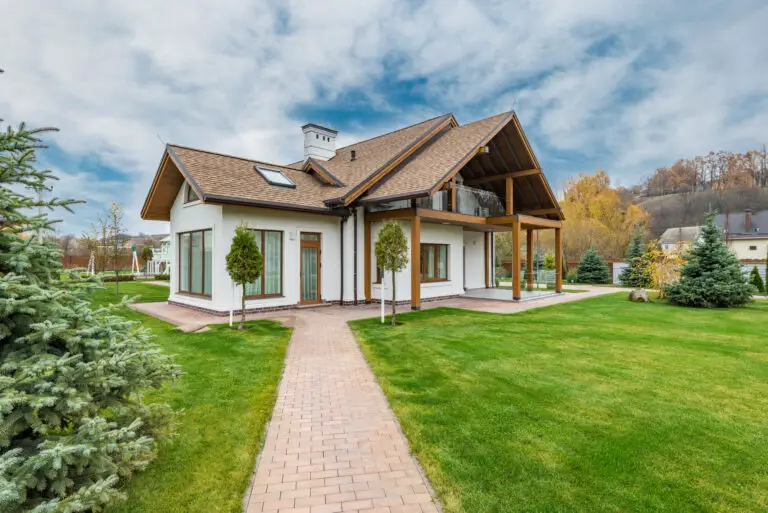Metal Roof vs Shingles: Which is the Better Choice?
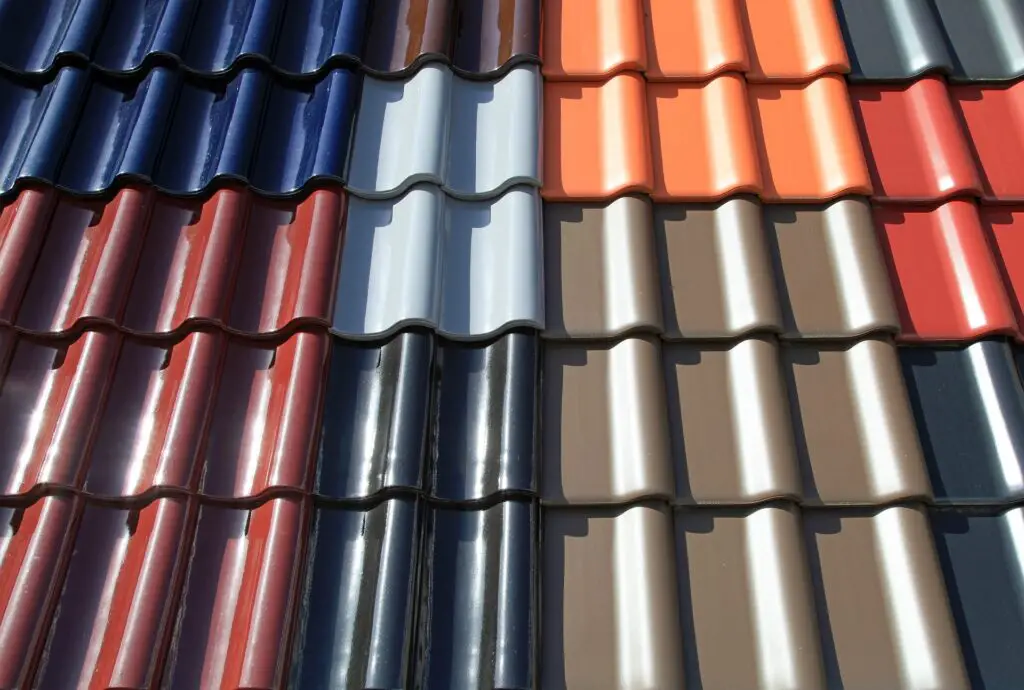
Metal roofs and shingles are two of the most popular roofing options available on the market today. Each roofing material has its own unique benefits and drawbacks, and it can be challenging to decide which one is right for your home. Metal roofs are known for their durability and long lifespan, while shingles are more affordable and easier to install. In this article, we will explore the differences between metal roofs and shingles to help you make an informed decision about which one to choose.
Metal roofs are made from a variety of materials, including steel, aluminum, and copper. They are known for their durability and can last up to 50 years or more with proper maintenance. Metal roofs are also fire-resistant and can withstand extreme weather conditions, making them an excellent choice for homes in areas prone to hurricanes, tornadoes, and wildfires. However, metal roofs can be more expensive than shingles, and the installation process can be more complicated.
Material Overview
Metal Roofing
Metal roofing is a popular option for homeowners who want a durable and long-lasting roof. It is made from a variety of metals, including steel, aluminum, and copper. One of the main benefits of metal roofing is its durability. It can last up to 50 years or more, depending on the type of metal used and the quality of installation.
Another benefit of metal roofing is its energy efficiency. It reflects the sun’s rays, which can help keep the house cooler in the summer and reduce energy costs. Metal roofing is also resistant to fire, rot, and insects, making it a good choice for areas with a high risk of wildfires or termite infestations.
However, metal roofing can be more expensive than other roofing materials, such as asphalt shingles. It can also be noisy during heavy rain or hailstorms, which can be a concern for some homeowners.
Asphalt Shingles
Asphalt shingles are the most common roofing material used in the United States. They are made from a fiberglass base mat that is coated with asphalt and granules. Asphalt shingles come in a variety of colors and styles, making them a popular choice for homeowners who want a traditional look.
One of the main benefits of asphalt shingles is their affordability. They are generally less expensive than other roofing materials, such as metal or tile. They are also easy to install and repair, which can save homeowners money on installation and maintenance costs.
However, asphalt shingles have a shorter lifespan than metal roofing. They typically last between 15 and 30 years, depending on the quality of the shingles and the installation. They are also not as energy-efficient as metal roofing, which can lead to higher energy costs over time.
In summary, both metal roofing and asphalt shingles have their advantages and disadvantages. Homeowners should consider factors such as durability, cost, energy efficiency, and aesthetics when choosing a roofing material.
Cost Comparison
Initial Investment
When it comes to the initial investment, shingle roofs are generally cheaper than metal roofs. The cost of shingles varies depending on the type of material used, but they are typically less expensive than metal roofing materials. On the other hand, metal roofs are more durable and have a longer lifespan than shingle roofs, which can make them a better investment in the long run.
Long-Term Expenses
Although metal roofs have a higher initial cost, they can save homeowners money in the long run due to their durability and energy efficiency. Metal roofs can last up to 50 years or more, while shingle roofs typically last around 20 years. This means that homeowners will need to replace their shingle roofs more frequently, which can add up to more long-term expenses.
In terms of energy efficiency, metal roofs reflect more sunlight and heat than shingle roofs, which can help reduce cooling costs during the summer months. Additionally, metal roofs are more resistant to damage from weather events such as hail and wind, which can result in lower repair costs over time.
Overall, while shingle roofs may be a more affordable option in the short term, metal roofs can be a better investment in the long run due to their durability and energy efficiency.
Durability and Performance
Weather Resistance
Metal roofs are known for their superior weather resistance, particularly in extreme weather conditions such as hail, heavy snow, and high winds. Metal roofs have a Class A fire rating and can withstand wind gusts of up to 140 mph. They also have a high resistance to impact, which means they are less likely to be damaged by hail or falling debris. On the other hand, shingles are susceptible to damage from high winds and hail, which can cause them to crack or break.
Lifespan and Maintenance
Metal roofs have a longer lifespan compared to shingles, with an average lifespan of 50 years or more. They also require less maintenance than shingles, as they do not rot, curl, or crack. In contrast, shingles have a shorter lifespan, ranging from 15 to 30 years, and require regular maintenance, such as cleaning and replacing damaged shingles.
Energy Efficiency
Metal roofs are more energy-efficient compared to shingles, as they reflect the sun’s rays and reduce the amount of heat absorbed by the roof. This can lead to lower energy bills and a more comfortable indoor environment. Shingles, on the other hand, absorb more heat and can contribute to higher cooling costs during hot weather.
In summary, metal roofs are a more durable and long-lasting option compared to shingles, with superior weather resistance, longer lifespan, and lower maintenance requirements. They are also more energy-efficient, which can lead to lower energy bills and a more comfortable indoor environment.

Aesthetic and Design Options
Metal roofs and shingles offer a wide range of aesthetic and design options to suit different preferences and styles. Here are some of the options available:
Metal Roofs
Metal roofs come in a variety of styles and colors, including:
- Standing seam: This type of metal roof has raised seams that interlock to form a watertight seal. It gives a modern, sleek appearance and is suitable for both residential and commercial buildings.
- Corrugated: Corrugated metal roofs have a wavy pattern that gives a rustic, industrial look. They are often used for barns, sheds, and other agricultural buildings.
- Metal shingles: Metal shingles mimic the look of traditional shingles but offer better durability and longevity. They come in a variety of shapes and colors to match different architectural styles.
- Painted finishes: Metal roofs can be painted in a range of colors to match the building’s exterior. This option allows for customization and personalization.
Shingles
Asphalt shingles are the most common type of roofing material in North America. They come in a variety of colors and styles, including:
- Three-tab: Three-tab shingles are the most basic and affordable type of asphalt shingle. They have a flat appearance and come in a range of colors.
- Architectural: Architectural shingles have a dimensional appearance and come in a range of colors and styles. They are thicker and more durable than three-tab shingles.
- Designer: Designer shingles are a premium option that offers a wide range of styles and colors. They can mimic the look of slate, cedar shake, or other high-end roofing materials.
In summary, both metal roofs and shingles offer a range of aesthetic and design options to suit different preferences and styles. Metal roofs offer a modern, sleek appearance, while shingles offer a more traditional look. Both options can be customized with different colors and styles to match the building’s exterior.
Frequently Asked Questions (FAQs)
Q: What are the pros and cons of metal roofs compared to shingle roofs?
A: Metal roofs have a longer lifespan and are more durable than shingle roofs. They are also more energy-efficient and can save homeowners money on energy bills. However, metal roofs can be more expensive to install and may require more maintenance than shingle roofs. Additionally, some people may prefer the aesthetic of shingle roofs over metal roofs.
Q: How does the life expectancy of metal roofs compare to that of shingles?
A: Metal roofs have a longer lifespan than shingle roofs. While shingle roofs typically last around 20-25 years, metal roofs can last up to 50 years or more with proper maintenance.
Q: What are the cost differences between installing a metal roof versus a shingle roof?
A: Metal roofs are generally more expensive to install than shingle roofs. However, over the long term, metal roofs can save homeowners money on energy bills and maintenance costs.
Q: How do metal roofs perform in hot climates compared to shingle roofs?
A: Metal roofs perform well in hot climates because they reflect sunlight and heat, keeping homes cooler and reducing the need for air conditioning. Shingle roofs, on the other hand, absorb heat and can make homes hotter.
Q: Are there specific situations where a metal roof may not be advisable?
A: Metal roofs may not be advisable in areas with high levels of precipitation, such as heavy snow or hail, as they can dent or be damaged more easily than shingle roofs. Additionally, some homeowners associations or local building codes may restrict the use of metal roofs.
Q: What are the common disadvantages associated with metal roofing?
A: Metal roofs can be noisy during heavy rain or hail, and may require additional insulation to reduce noise levels. They can also be more difficult to install than shingle roofs, and may require specialized installation techniques. Finally, some people may not like the look of metal roofs, which can be a disadvantage for homeowners who prioritize aesthetic appeal.
Conclusion
When considering a roof replacement, the choice between an asphalt shingle roof and metal roofing systems comes down to a few key factors, including longevity, aesthetics, and cost. Metal roof installation, while initially more expensive, offers unparalleled durability and energy efficiency, with standing seam metal roofs and metal roof panels providing a sleek, modern appearance that can last for decades. On the other hand, asphalt shingle roofs are beloved for their traditional look, lower upfront cost, and ease of installation.
Both asphalt roofs and metal roofing panels have their unique benefits, making the decision highly dependent on individual preferences, climate, and budget considerations. The debate between an asphalt roof and metal roofing systems is multifaceted, with metal roof cost often being a significant consideration for many homeowners. However, when evaluating the total value over time, metal roofs can be a more cost-effective choice due to their longevity and reduced maintenance needs. Asphalt shingle roofs, while less expensive initially, may require more frequent replacements.
Ultimately, the decision between metal roof panels and asphalt shingle roofs should be made after careful consideration of all factors, including aesthetic preferences, environmental conditions, and long-term financial planning. Whether you choose the timeless appeal of asphalt shingle roofs or the advanced benefits of standing seam metal roofs, ensuring your home is protected with a quality roofing solution is paramount.

